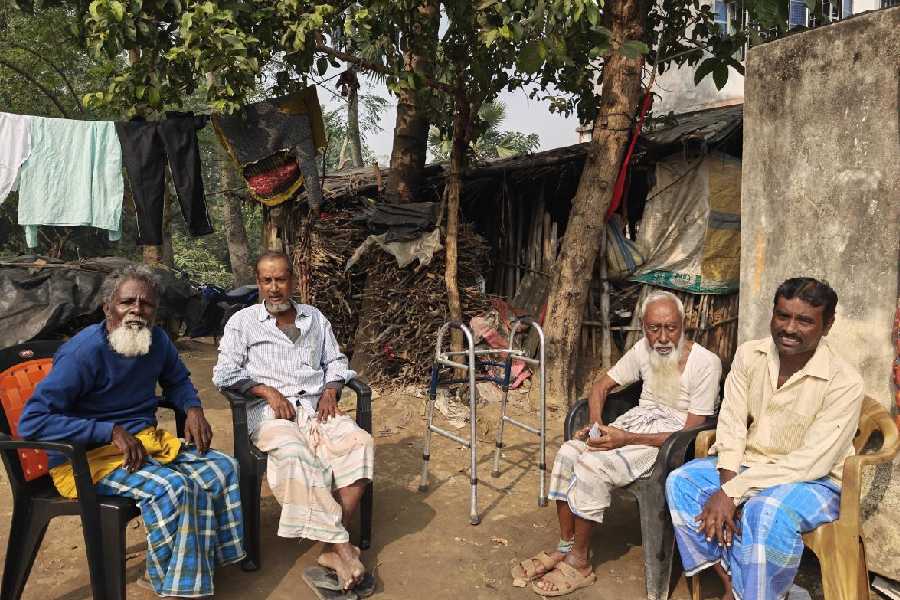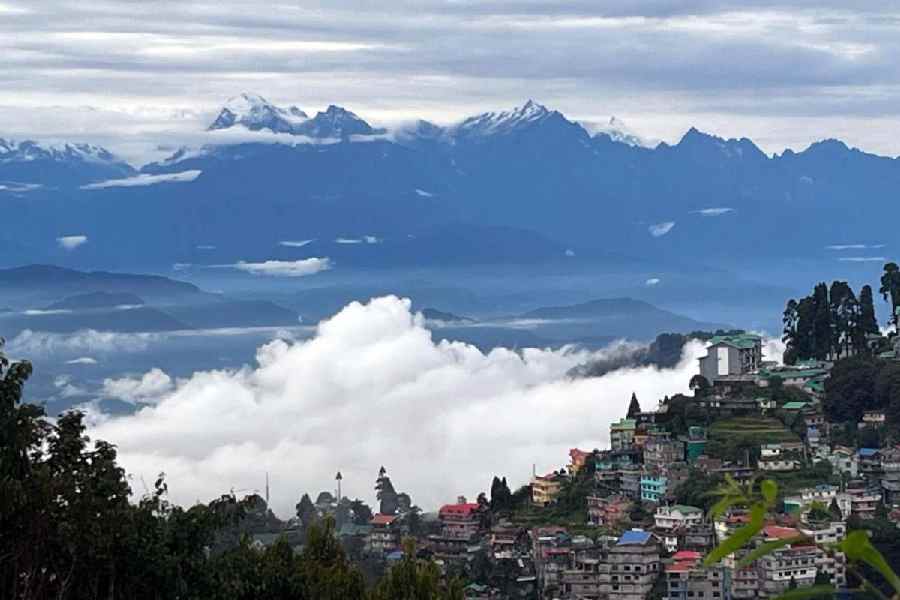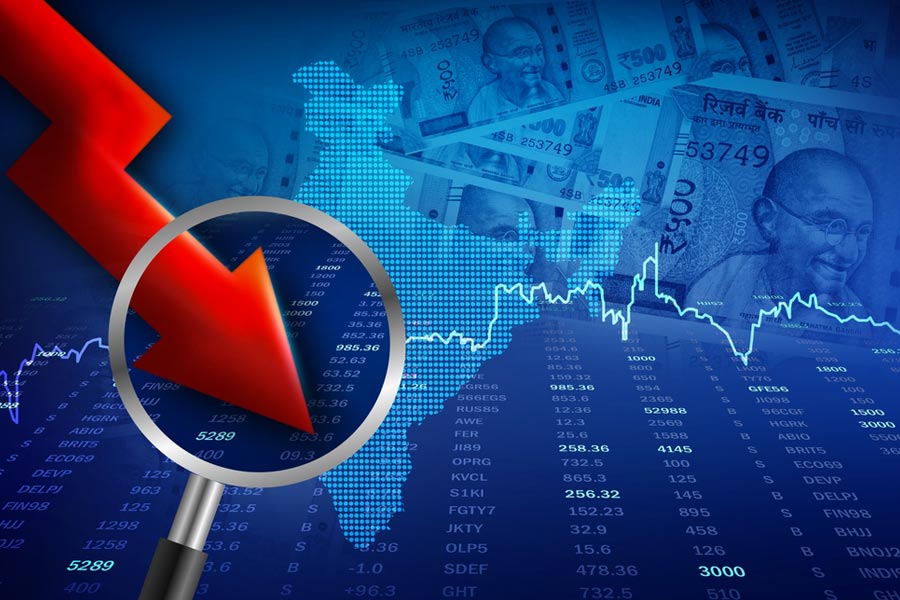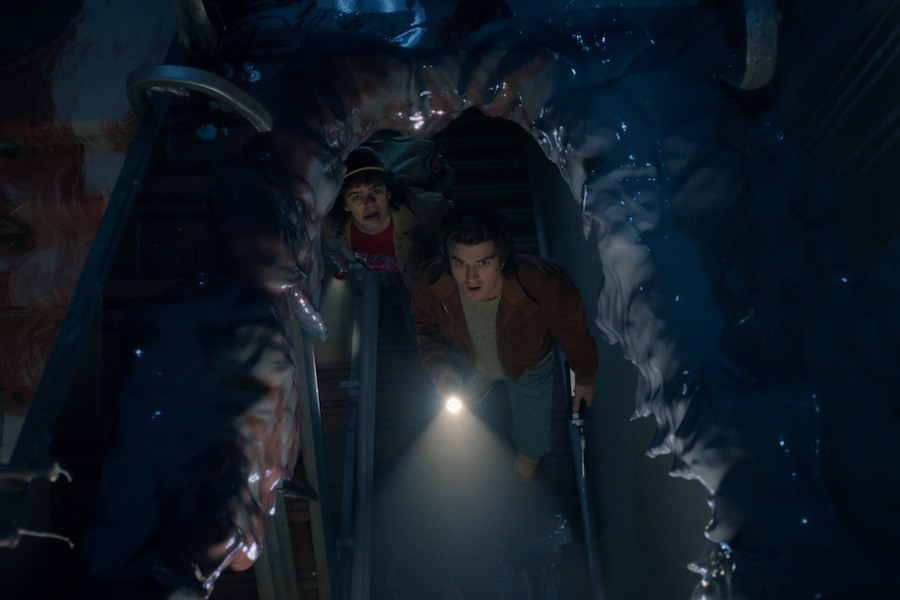At a time when orthodox Hindu society looked askance at Western technologies, photography was readily accepted even though egg white was used on photographic paper, wrote Siddhartha Ghosh in his seminal book, Chhobi Tola: Bangalir Photography Charcha. Photography may have been introduced by mlechhas, but photographs of our ancestors and distinguished public figures were put on the same pedestal as icons of deities.
The magnificently illuminating travelling exhibition of 150 photographs, Convergence: A Panorama of Photography’s French Connections in India — organised as part of the fourth edition of Bonjour India (a pan-India festival for the arts) and insightfully curated by Rahaab Allana of the Alkazi Foundation for the Arts — demonstrates how this medium celebrates empathy.
These images, some rarely seen, were handpicked from the prestigious collections of museums across France and the Alkazi trove. They highlight the analogue era, from the 19th century right up to the 1990s. The photographers, both Frenchmen and their Indian counterparts, were travellers, writers, journalists, photographers and artists, and the exhibition marks the convergence of their intertwined histories. It is as Judith Mara Gutman, perhaps the first person from the West to study Indian photography seriously, had written in Through Indian Eyes (1982) on “what happened after the camera came to India in 1840” — “For in telling us about India it tells us about ourselves.”
The exhibition at the Indian Museum (November 15 - December 7) started with the iridescent ‘pointillist’ work of the Spanish conceptual artist, Joan Fontcuberta, titled Googlegram: Niépce (2005). It is a recreation, using software, of Joseph Nicéphore Niépce’s first-ever photograph with 10,000 tiny electronic thumbnails arranged according to chromatic value and density.
The exhibits were displayed chronologically and divided into six sections. We witnessed a parade of images depicting monuments, including the first views of the Sanchi Stupa by Louis-Théophile Marie Rousselet (1845-1929), a French traveller, writer and photographer, who undertook ethnographic and archaeological explorations in India and the Himalayas from 1864 to 1870. He met Maharaja Sawai Ram Singh II (18341880), India’s first photographer king from Jaipur, in 1866. The scrawny Maharaja took self-portraits, likenesses of zenana ladies and, curiously, Europeans in theatrical costume, and made copies of a sentimental European print in his possession.
The second section featured ethnographic images and portraits of women, including works by the French surgeon-turned-photographer, Oscar Jean-Baptiste Mallitte (1829-1905), who arrived in Calcutta from Bordeaux in July 1857. This period was marked by the emergence of Indian women photographers and of Parsi practitioners in Bombay. They presented new ways of looking at ourselves in the colonial period.
The “Collections of Photographs of Old Congress Party” in the third section, dedicated to anonymous and/or rarely seen works from personal archives, resonates with our times. A shot of Nehru amidst a procession of workers of various parties is reminiscent of photographs of his great grandson’s Bharat Jodo Yatra.
The core of the exhibition is dedicated to the works of the celebrated French photojournalist, Marc Riboud, who arrived in India in 1956 and captured both life in the streets (picture) and in rarefied cultural circles in his lyrical frames.
In the last section, modern European photographers in post-Independent India envisaged ways of looking at this country that always seems to be on the boil.










